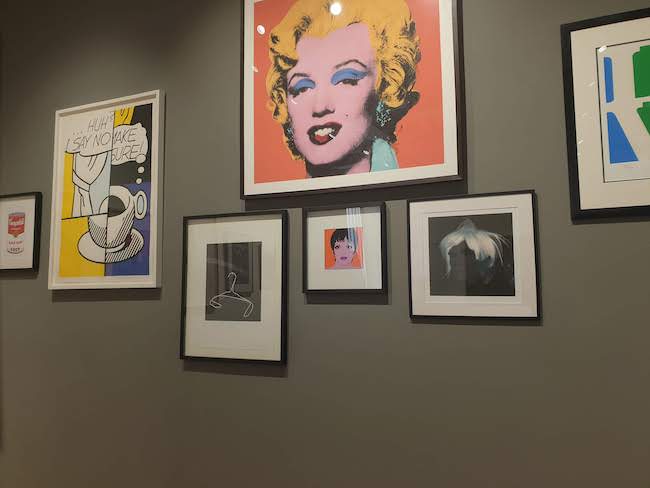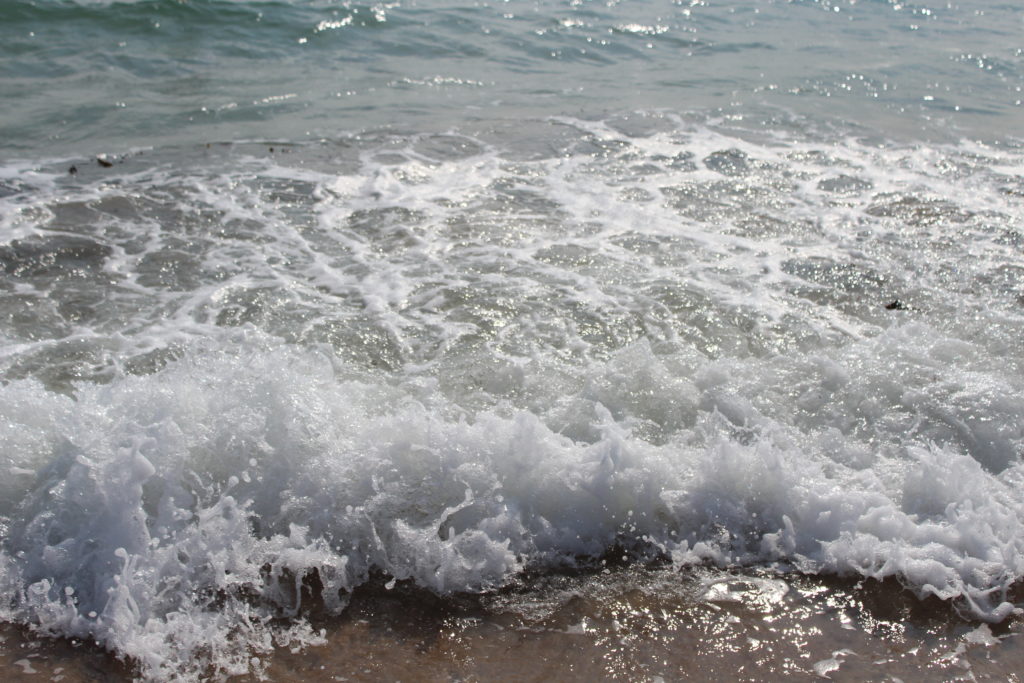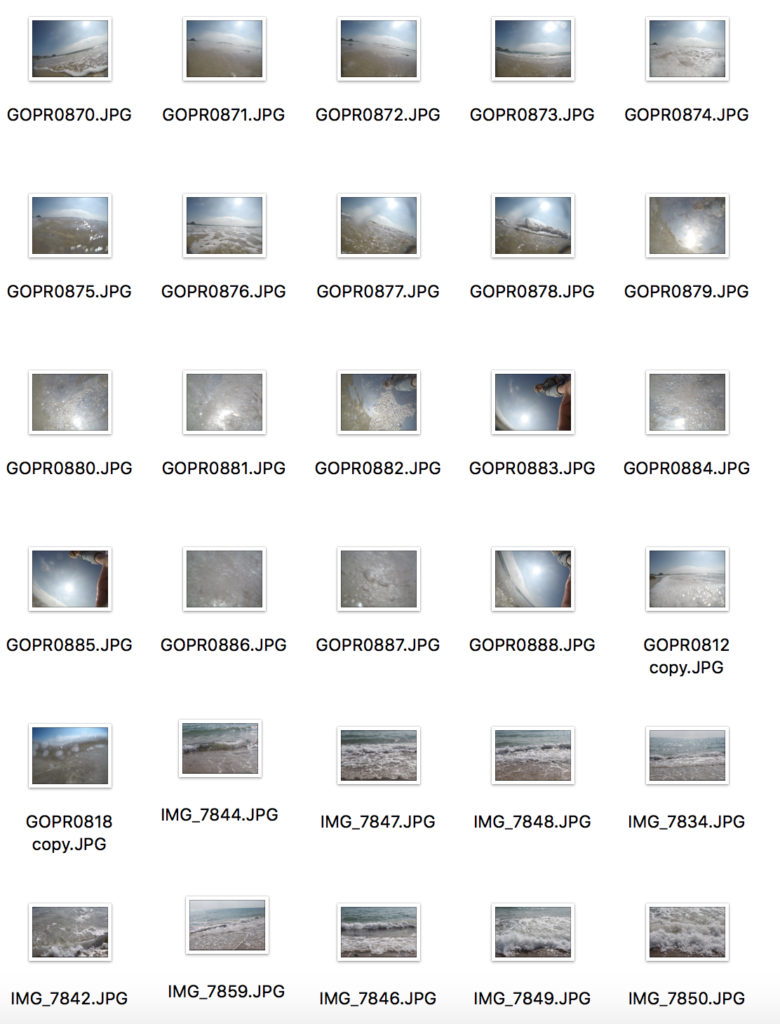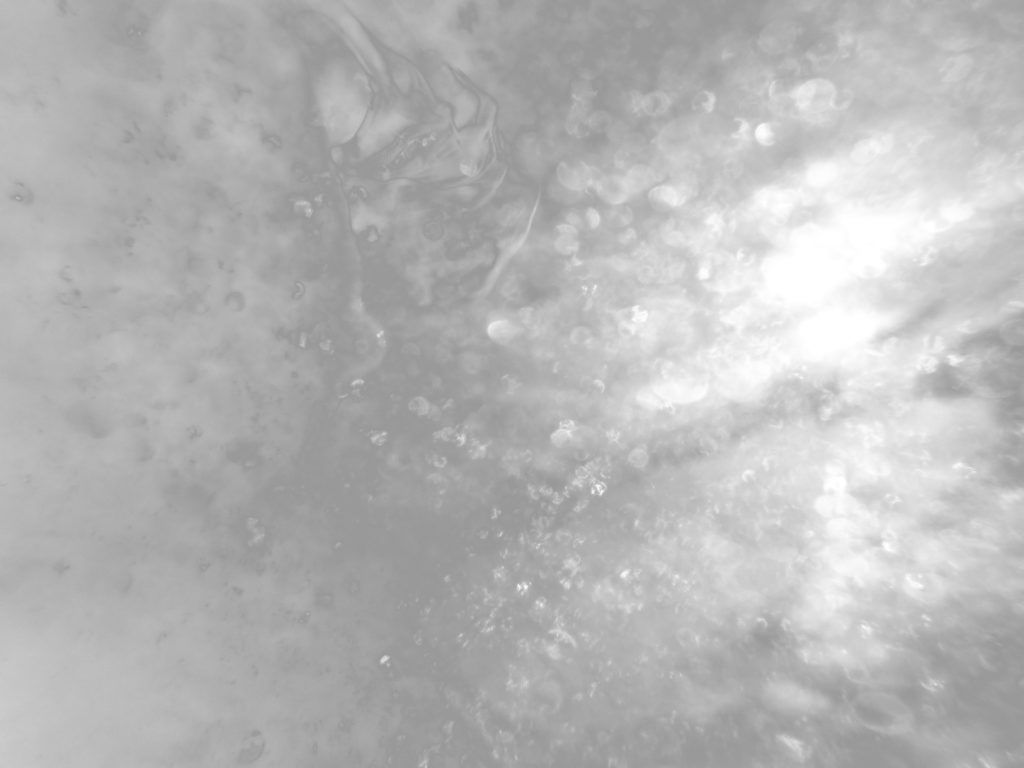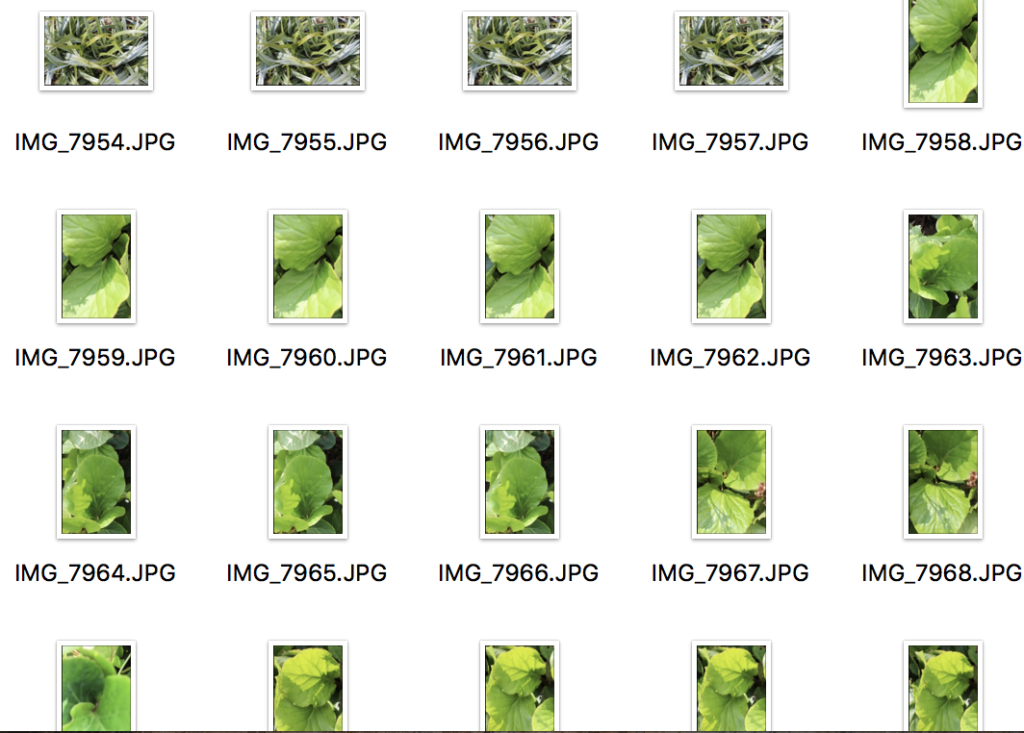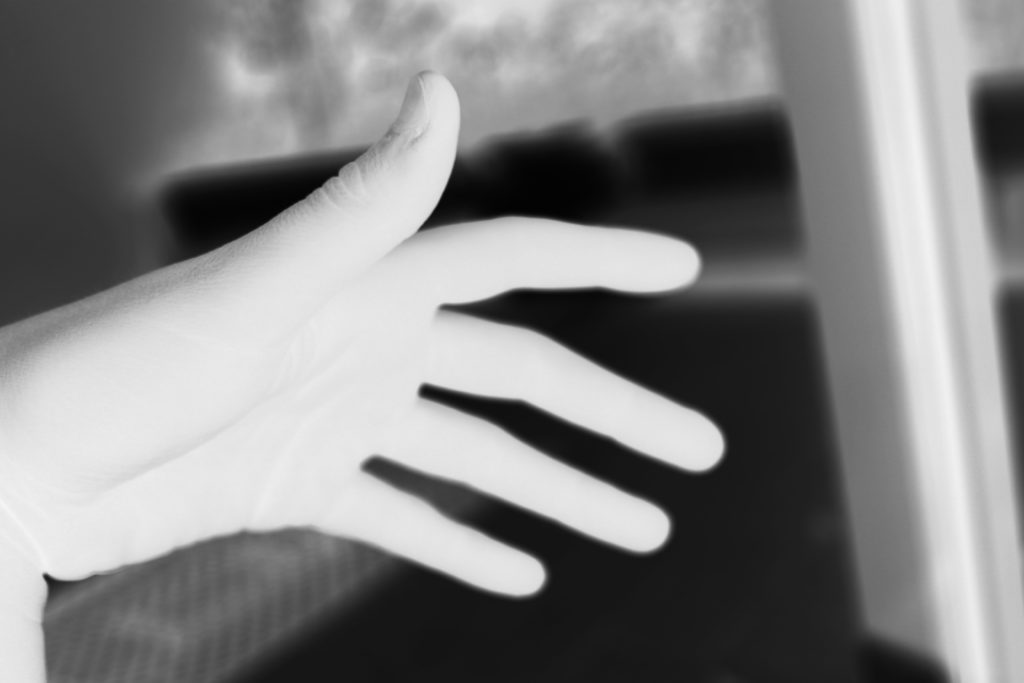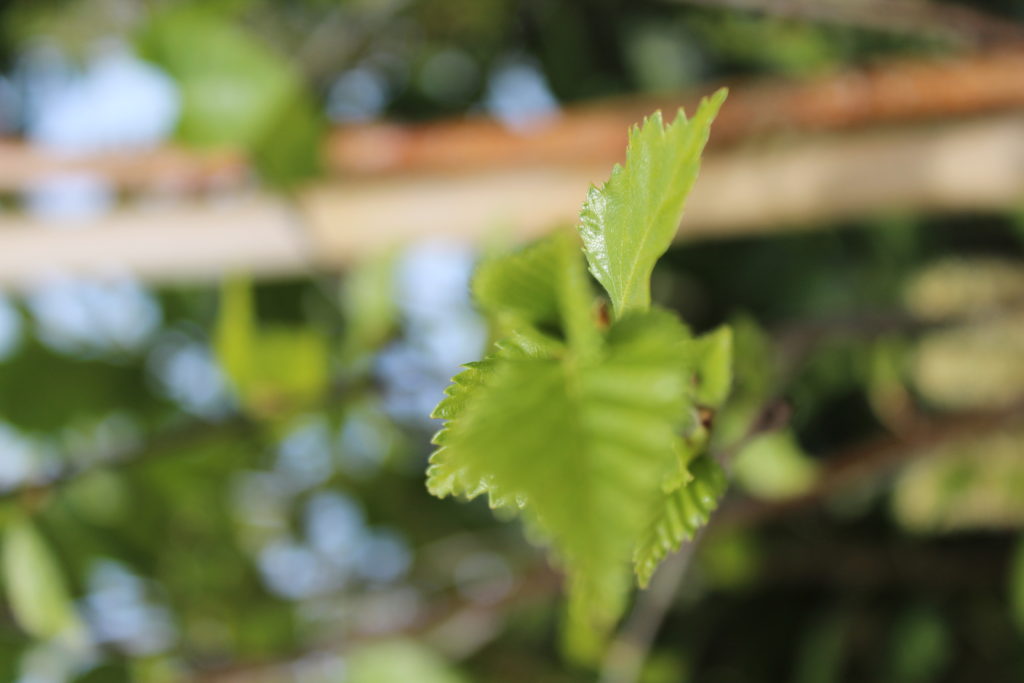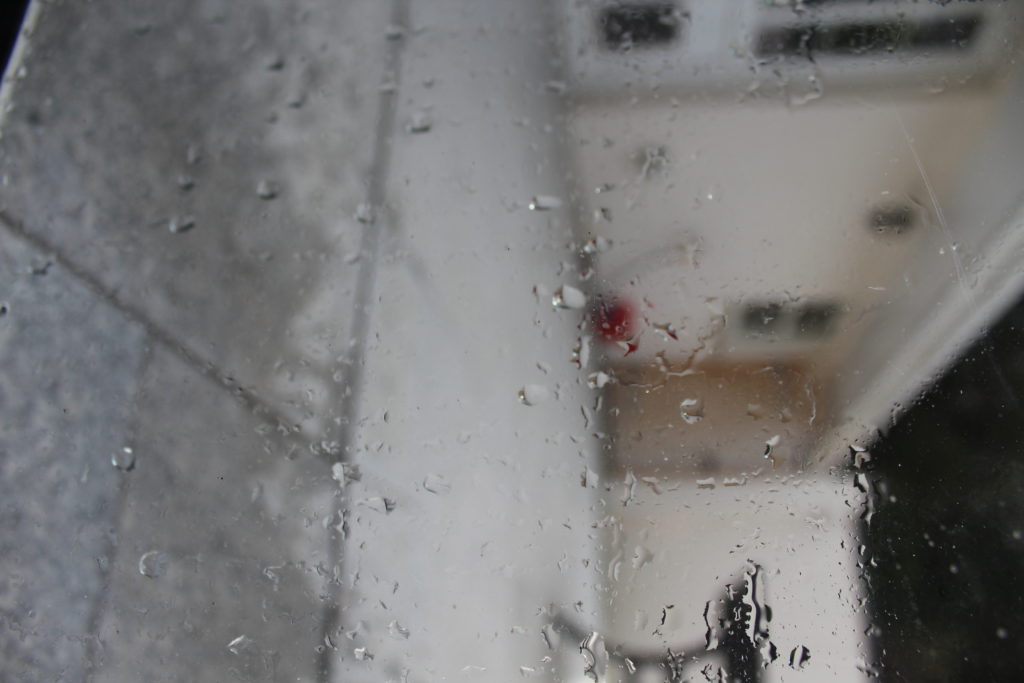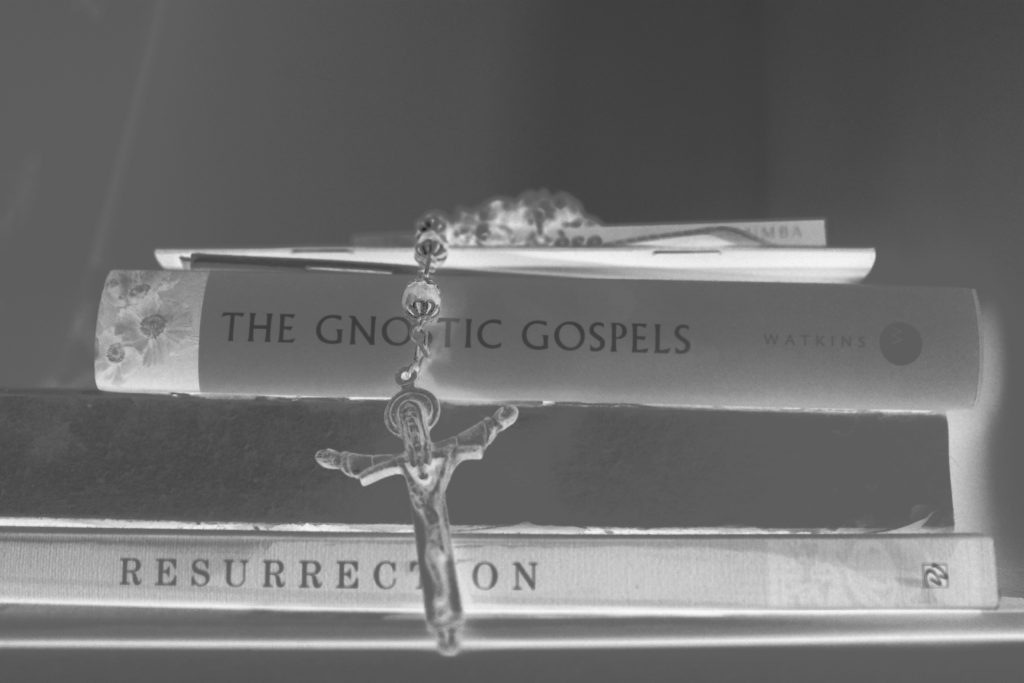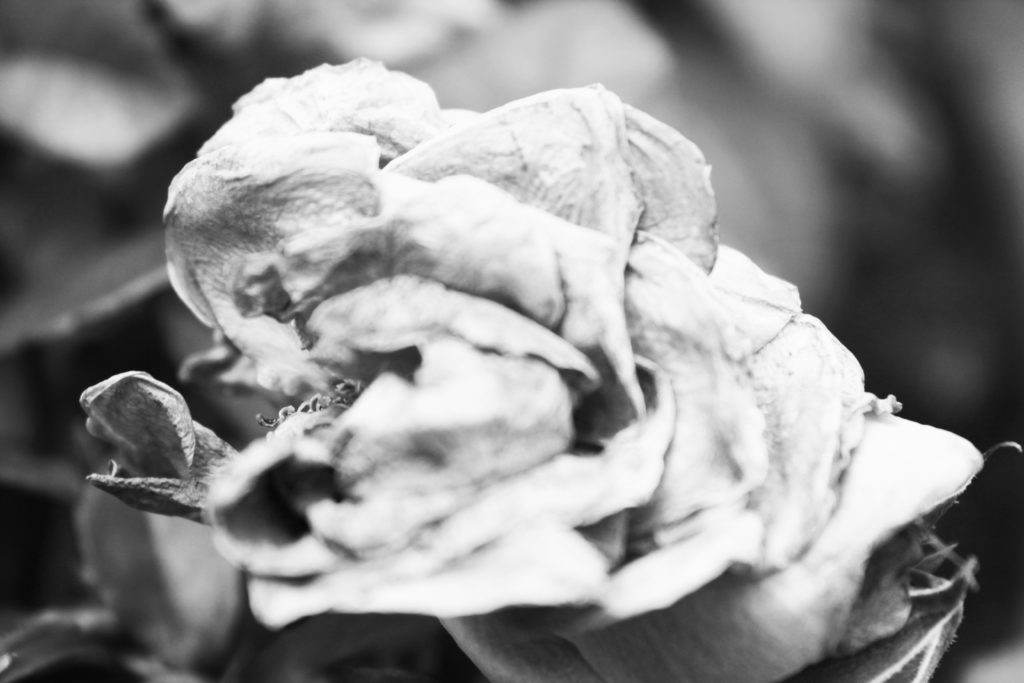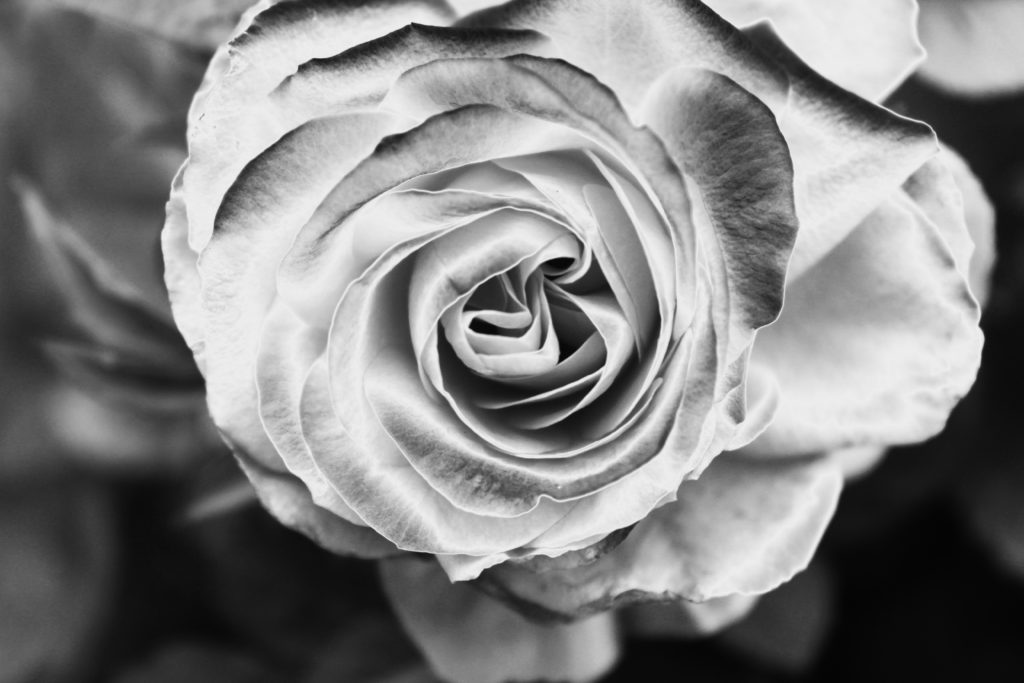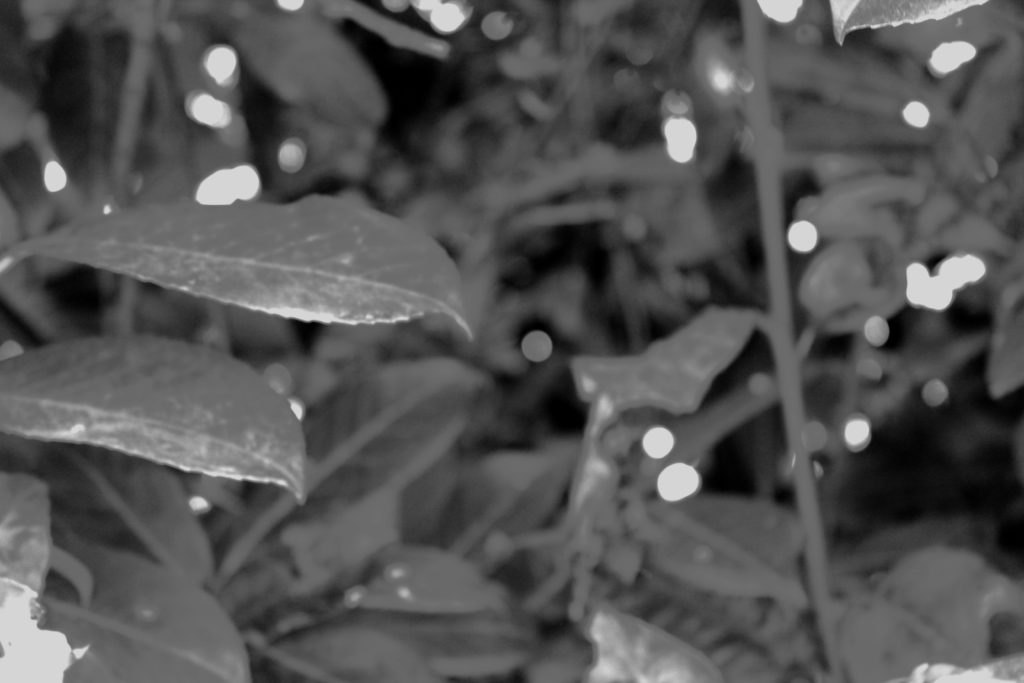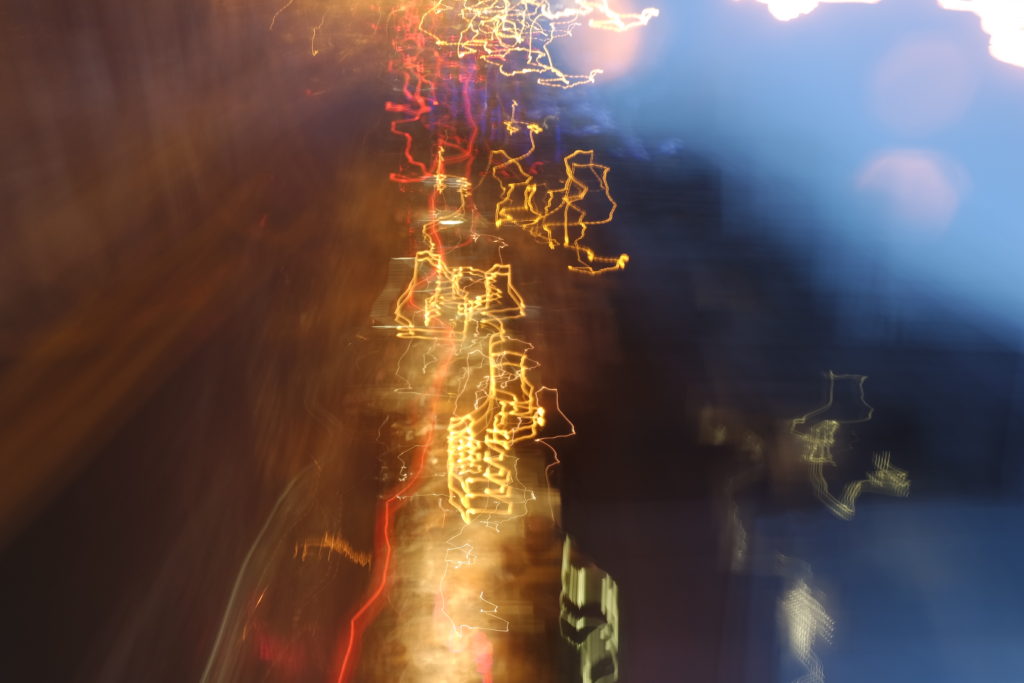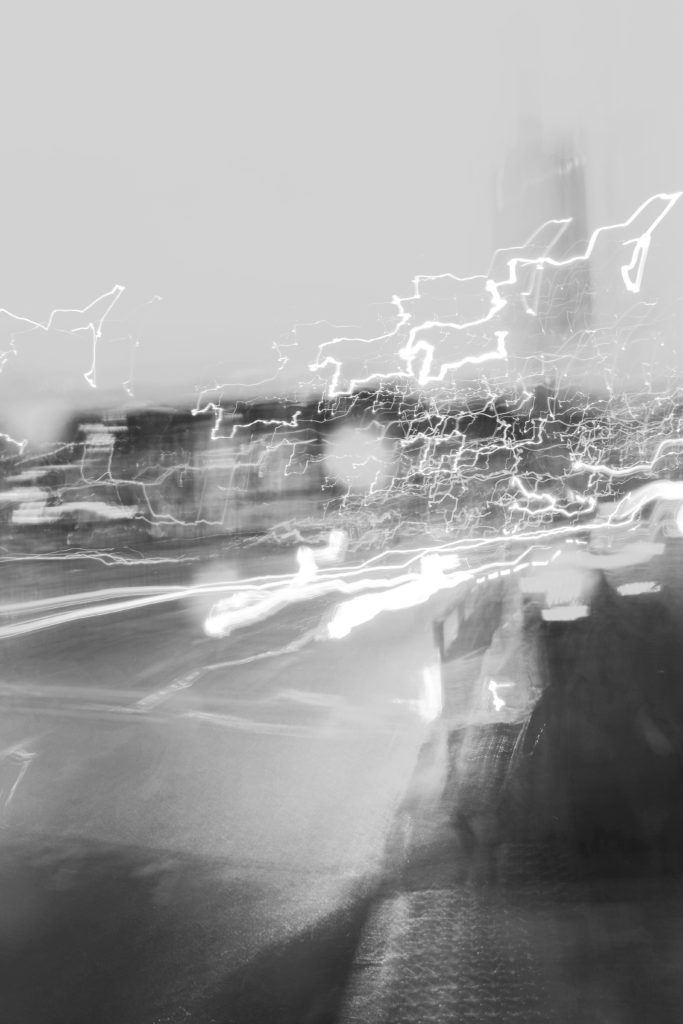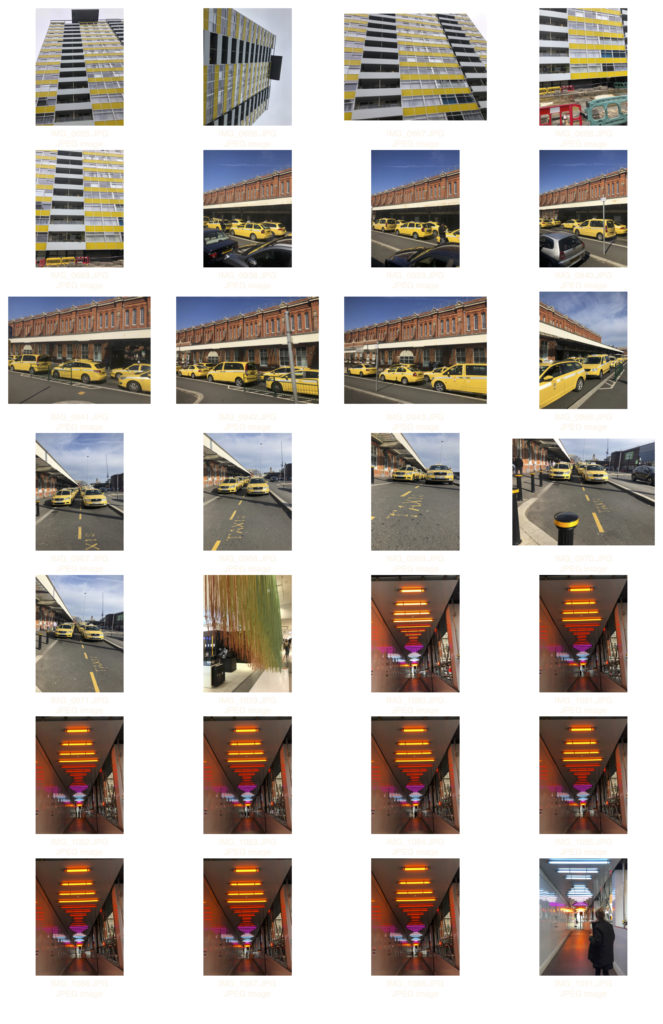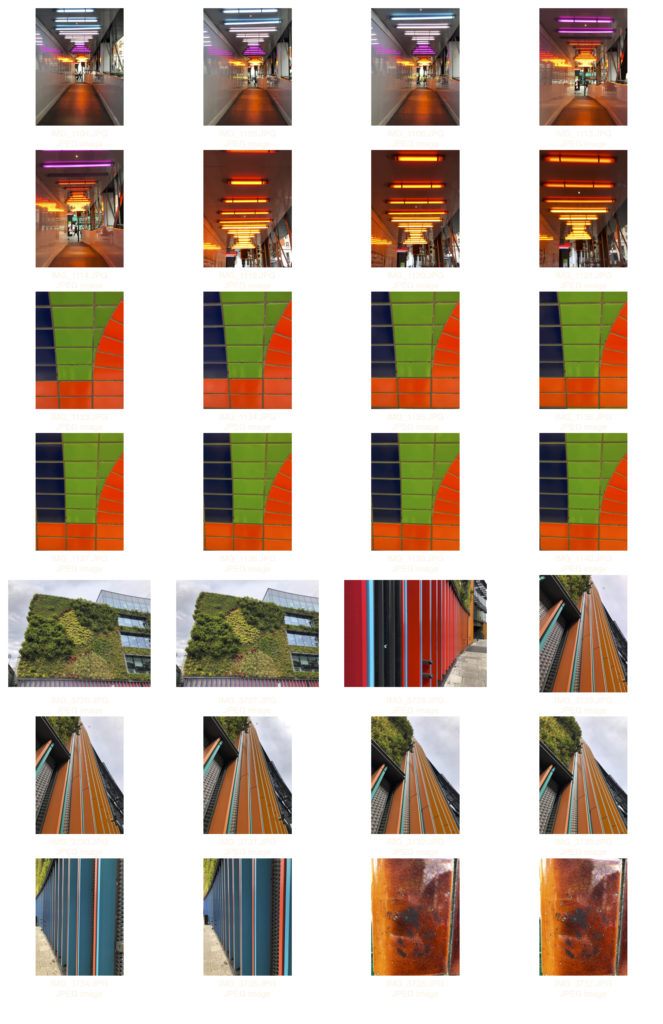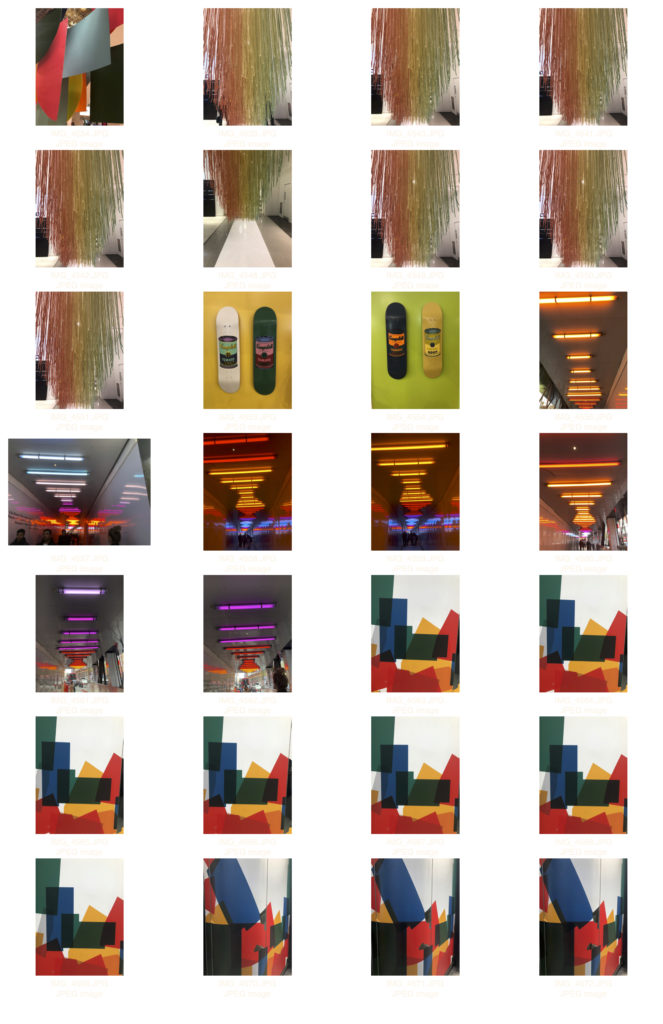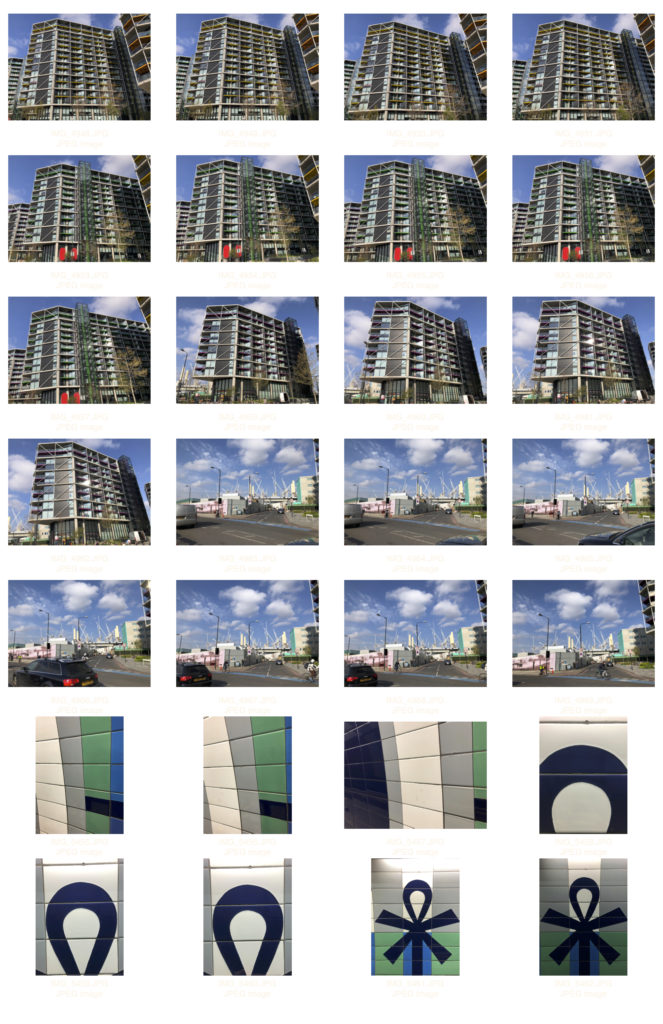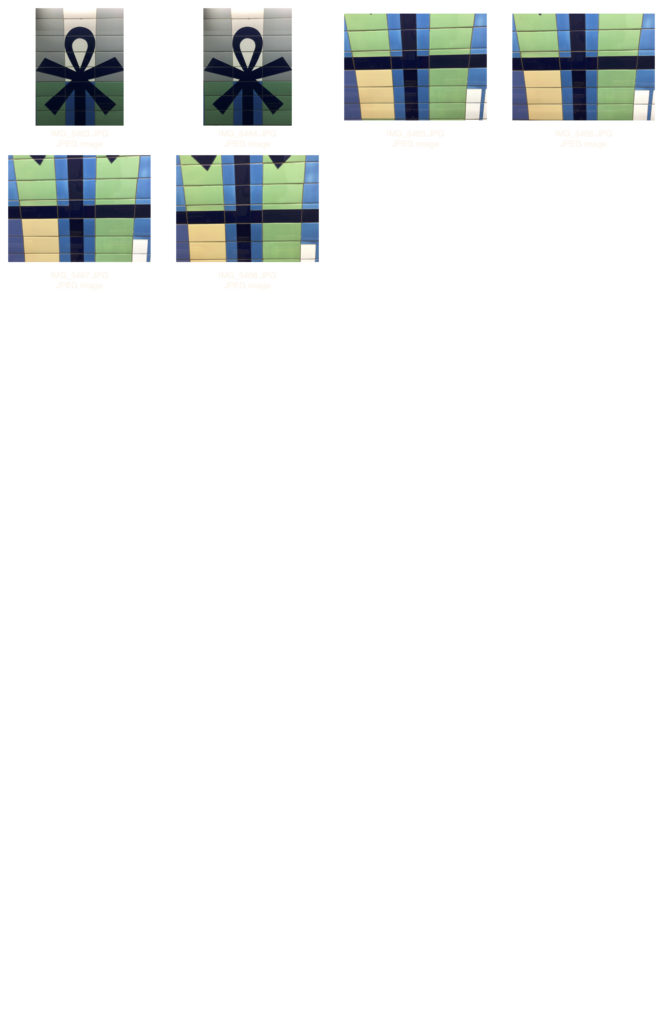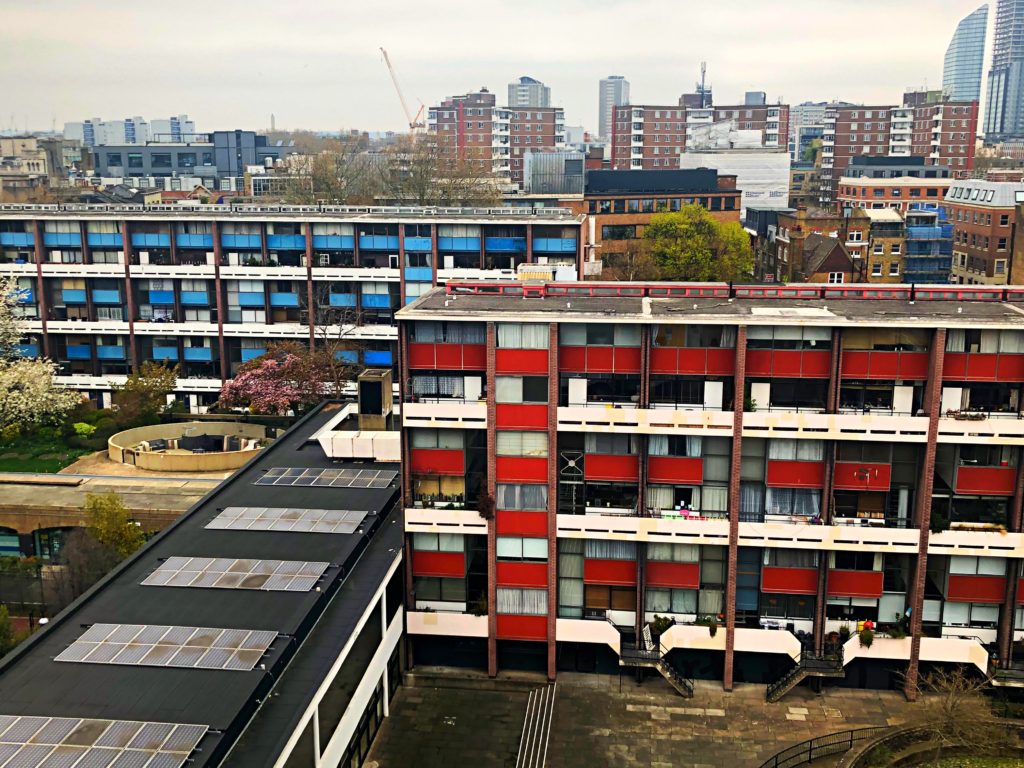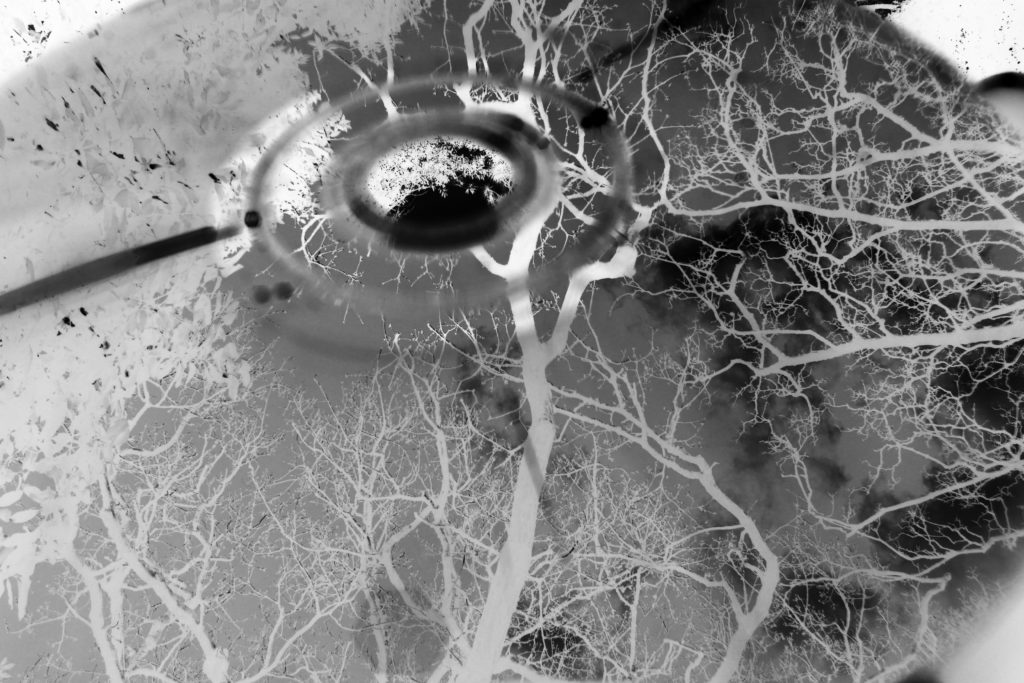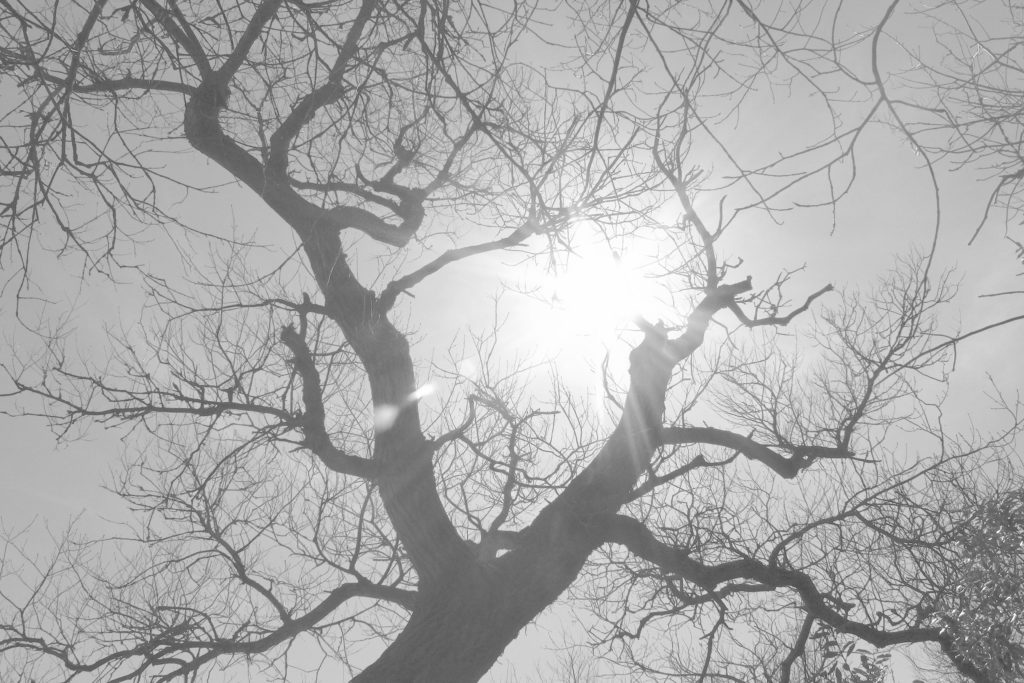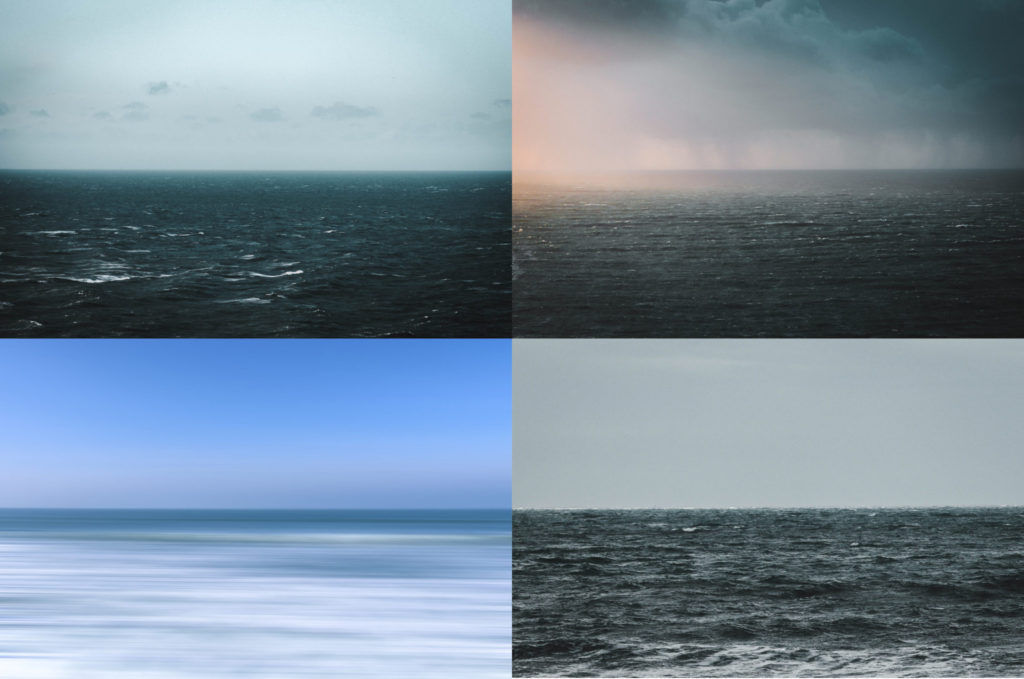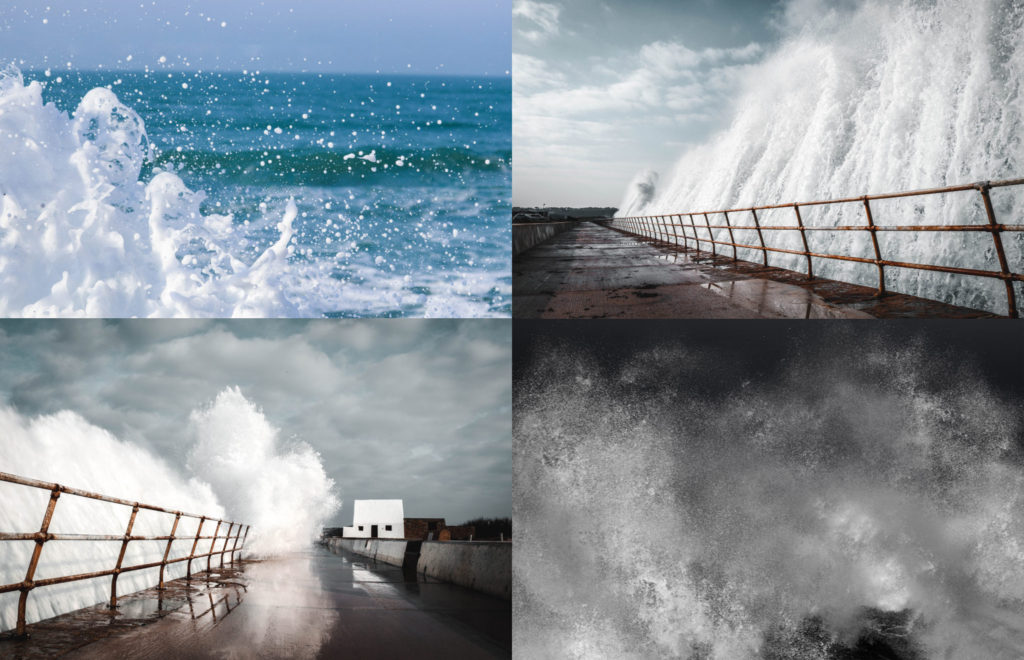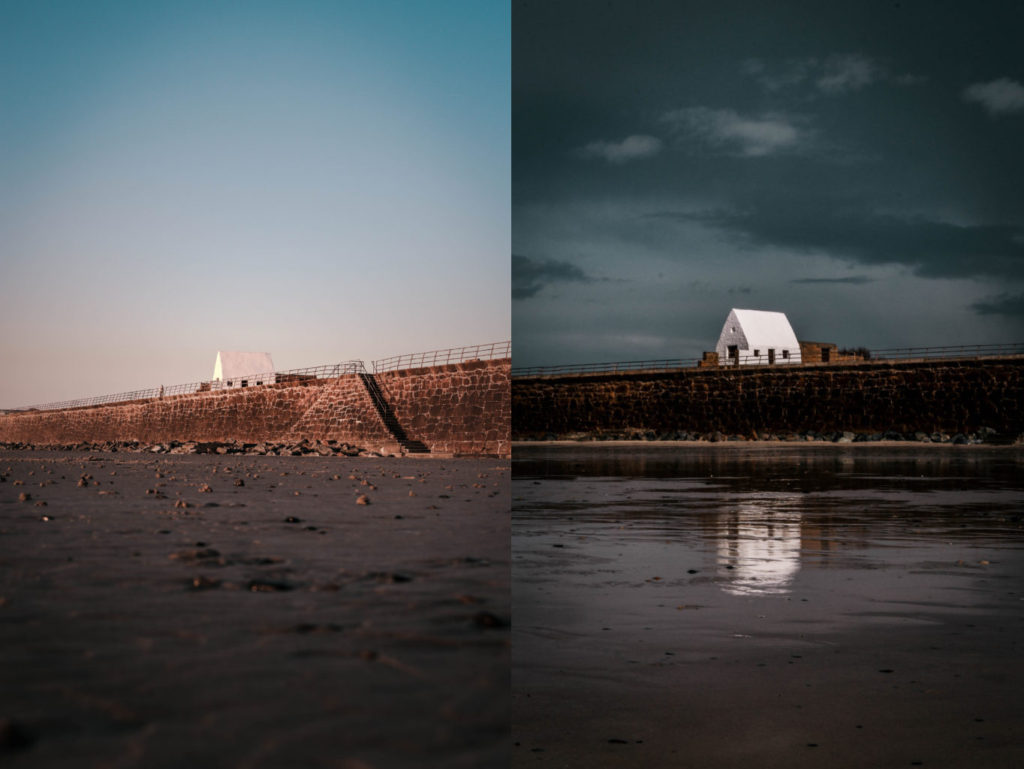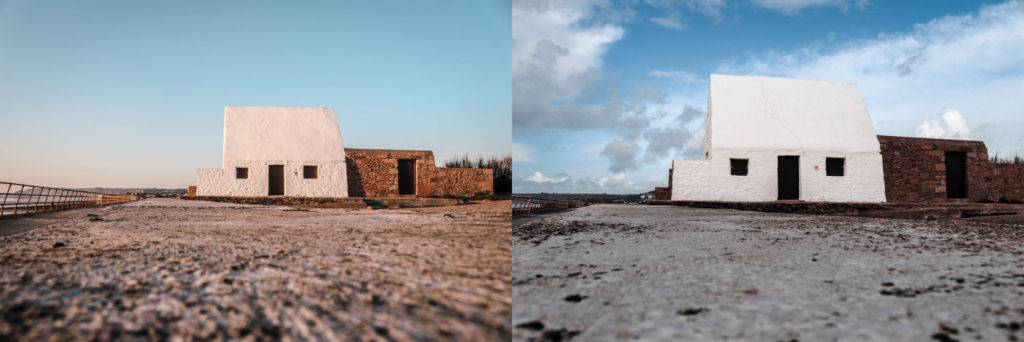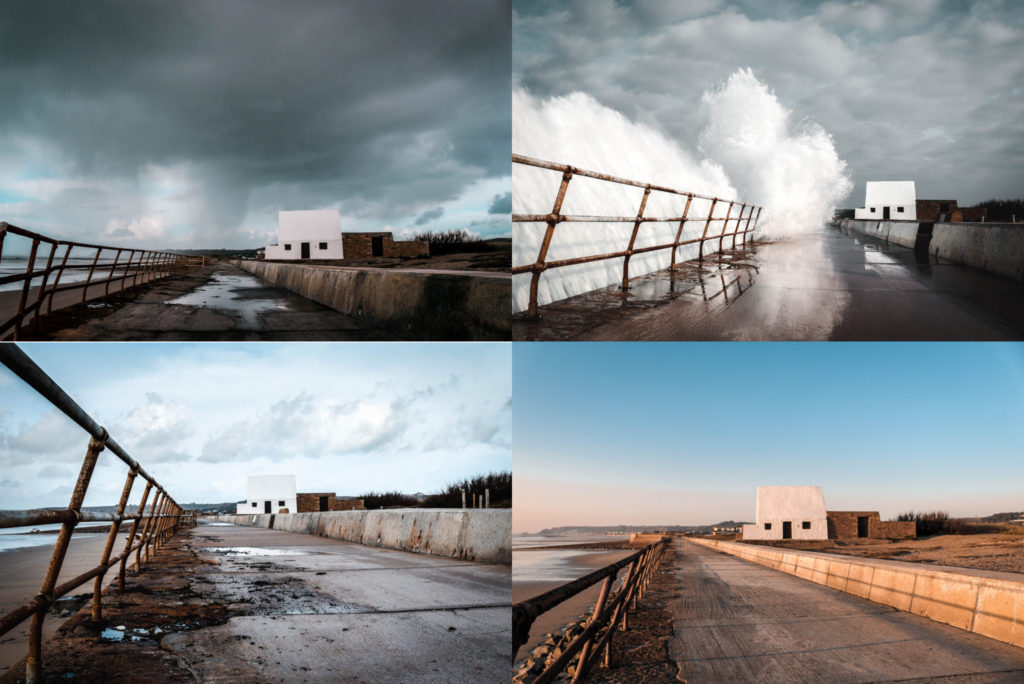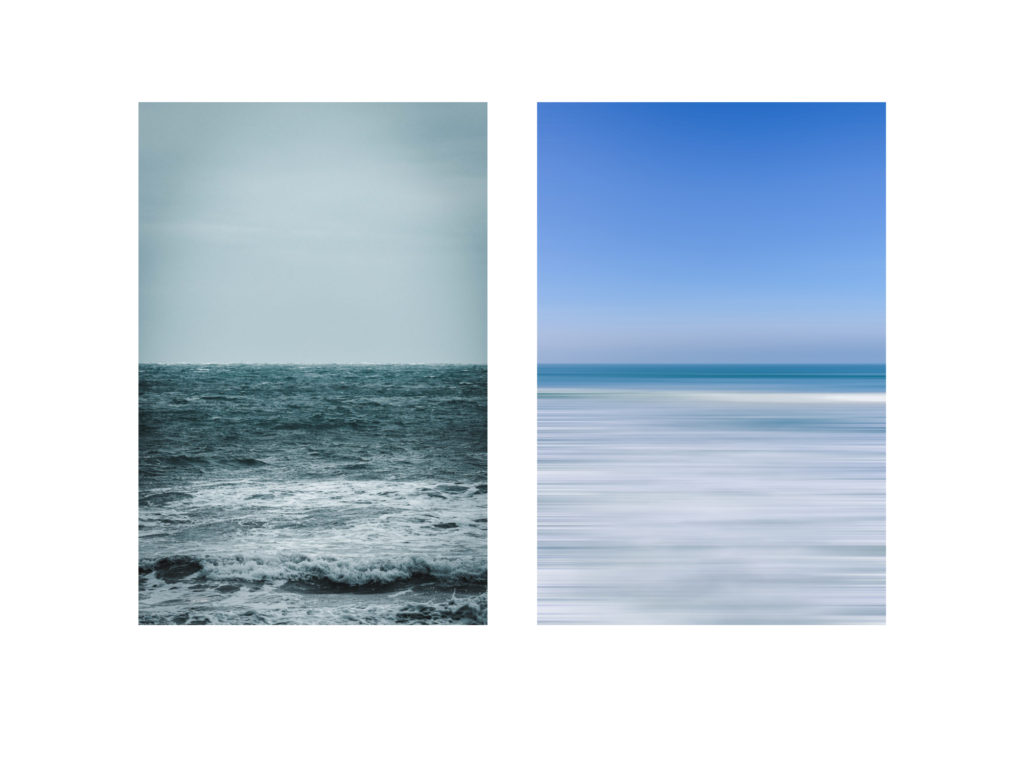The first Exhibition we went to was BEHIND THE LENS (March 8 – April 28) It showcased the unseen aspects of photographing celebrities, from behind the lenses of Carinthia West, Rupert Truman, Storm Thorgerson and Mike McCartney. A photograph that stood out to me was this one by Storm Thorgerson which was used as the album art and cover for Biffy Clyro album ‘only Revolution’ He was the founder of Storm studios formed in the 1990’s who created designs for diverse projects including logos, websites, books, but their most known work existing on album covers.
“In thinking that the music was strong-minded yet lyrical persuaded us to think of material flapping in the wind like flags – the flags of a revolution. Not little flags or small bits of fabric, but enormous flags the size of a modest office block, which we affixed to a scaffold tower on the top of a hill on a windy day. The sound of the undulating material was affecting, let alone the bizarre shapes. The actual cover used red and blue flags to represent the sexes.”
Storm Thorgerson
This photo stood out to me due to its size and attention to detail, the print was suspended on a wall and was around 2metres wide. I have seen this image before as an album cover but when seeing it blown up I noticed small things such as how the flags cover the peoples eyes and how they are holding weapons behind their backs. I also read more into the meaning of the image when seeing it on this scale.

The second exhibition be went to was at the public and private displaying the best of pop art called ‘Pop Icons of the 20th Century’ which featured work from Andy Warhol, Roy Lichtenstein, Sir Peter Blake and many more. Pop art is a movement which became popular in the 1950’s in the UK and US, it challenged traditional fine art techniques by using imagery of popular culture, such as advertising, comic books and culturally popular objects.The two paintings caught my attention due to the use of basic primary colour and mixture between abstract shapes and line figures.
Andy Warhol was an American artist, one of the most well know in the pop art genre. Known for his bold screen prints commenting on the ideas of consumerism and celebrity culture linking with the idea of post-modernism. His most known work was of the Marilyn Monroe the famous American actress, he used an existing image of her and simplified it to show the main textures on her face, he then went over the image will various screen print templates which allowed his to layer up bright colours corresponding will relevant parts of her face. This image was reproduced again and again which degraded the quality creating unique prints with variation. This idea came from his work as a commercial illustrator where he traced or drew by hand using ink and pressed a clean sheet of plain paper onto the tines, creating spontaneous and expressive images.
The idea of consumerism and celebrity culture seen in his work links to my project because of how it promoted the idea that buying branded items and materialism. Modern attitudes towards success root from the idea of being rich, famous and having desirable possessions. It is often through that buying things can make a person more ‘Beautiful’ or desirable, especially in the terms of clothes and beauty products and procedures. This could link to the way products are advertised to sell a lifestyle that people think the product will help them achieve. The following quote sums up the idea of becoming an online celebrities who display the best parts of their lives creating a hyperreality which other people persevere as reality and want to achieve.
In the future, everyone will be world-famous for 15 minutes.
Andy Warhol, Catalogue Moderna Museet, Stockholm
